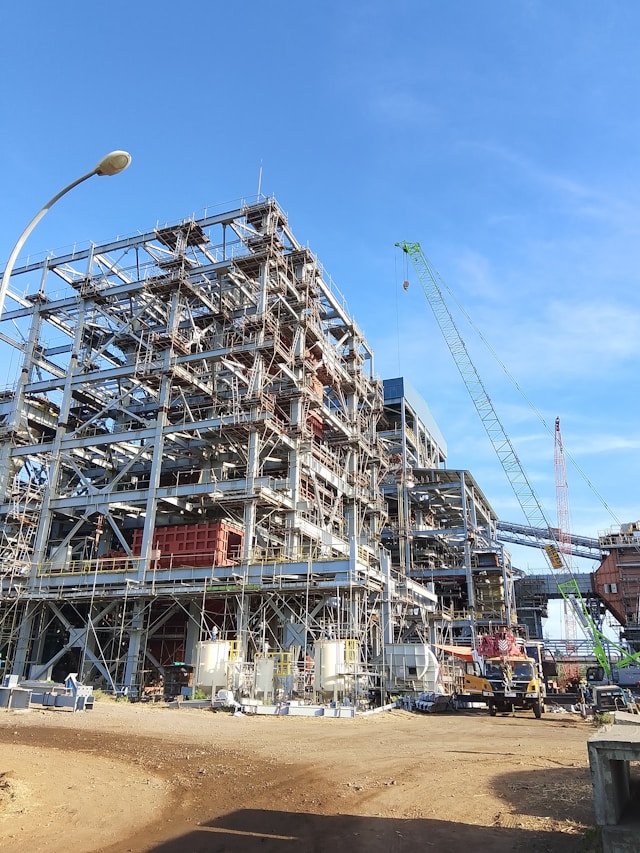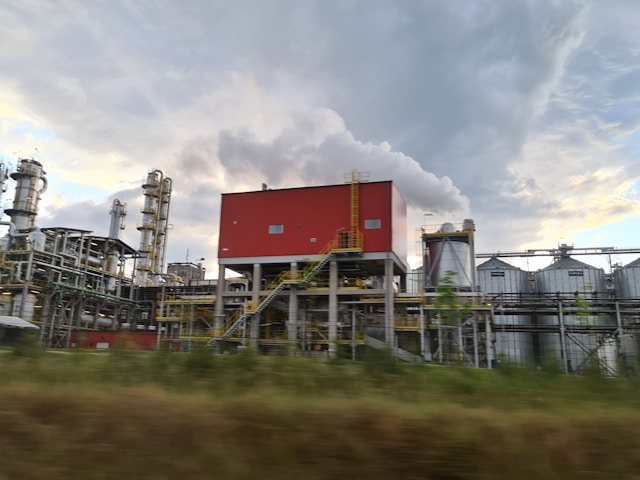
The United States has entered a new phase in advanced nuclear manufacturing as TRISO-X begins above-ground construction — or vertical construction — on its TX-1 advanced nuclear fuel fabrication facility in Oak Ridge, Tennessee. The facility will be the first in the nation dedicated exclusively to manufacturing fuel for advanced small modular reactors (SMRs), positioning Oak Ridge once again as a strategic hub for next-generation nuclear technology.

The plant will produce tristructural-isotropic (TRISO) fuel, a highly robust, pebble-form fuel designed for high-temperature operation. TX-1 will supply fuel for the first deployment of X-energy’s Xe-100 SMR in partnership with Dow Inc. at its Seadrift manufacturing complex in Texas, as well as additional future Xe-100 deployments. The project is being supported by the U.S. Department of Energy’s (DOE) Advanced Reactor Demonstration Program (ARDP), which is sharing costs and fast-tracking development timelines for both the SMR and the fuel infrastructure required to support it.
In August, TRISO-X selected Clark Construction Group for a USD 48.2 million contract to build the 214,812-square-foot facility. The DOE has also authorized an additional USD 30 million for early purchase of critical equipment and long-lead materials, helping keep the buildout aligned with ambitious deployment schedules.

TX-1 is the first of two TRISO manufacturing facilities planned at the Oak Ridge campus. When operating at full capacity, the plant will become the first Category II Fuel Fabrication Facility licensed by the U.S. Nuclear Regulatory Commission (NRC), with an annual output capable of producing 700,000 TRISO pebbles, or enough fuel to power up to 11 Xe-100 reactors per year. This designated Category II classification is essential to manufacturing high-assay low-enriched uranium (HALEU), a fuel type needed for many of the new SMRs now under development in the U.S.
Meanwhile, TRISO-X fuel pebbles are undergoing 13 months of irradiation testing at Idaho National Laboratory to validate performance and prepare for commercial use. The testing examines behavior across multiple operational scenarios to ensure commercial-grade durability for SMR applications.
“The start of vertical construction marks another significant milestone in bringing our bold vision for the future of nuclear energy to life,” said TRISO-X President Joel Duling. He emphasized the speed of the project, adding: “As TX-1 takes shape, it will stand as a symbol of our team's relentless dedication and determination to bring this transformative project forward in just a few years, not decades.”
Originally reported by World Nuclear News.